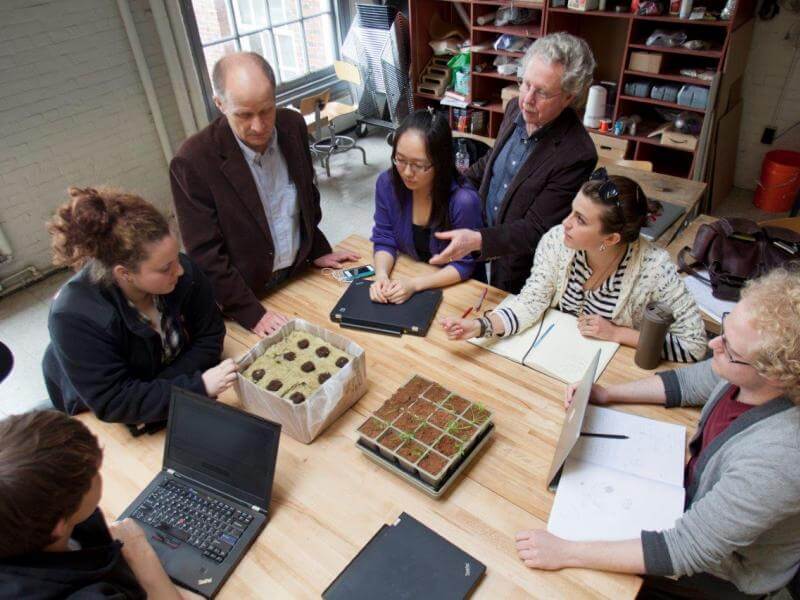STS Design and Innovation: Disciplinary Discomfiture
Dean Nieusma, Rensselaer Polytechnic Institute;James Malazita, Rensselaer Polytechnic Institute
Boston 2017: Design and Planning

Interdisciplinary collaboration through design provides many instances that can make participants feel uneasy with their disciplinary identity and worldview. This applies equally to students and instructors, and can be used to create productive tension but can also result in defensive boundary maintenance. Rensselaer’s interdisciplinary Programs in Design and Innovation (PDI) is a set of undergraduate dual-major programs combining a range of technical/professional majors with an STS-styled design degree program called Design, Innovation, and Society. PDI brings STS to the worlds of engineering, computer science, business management, and communications—all via design education and practice. The goals of the initiative include: 1) extending the reach of STS teaching and scholarship beyond the audience of undergraduate students who enroll in traditional STS courses; 2) expanding the influence of the STS Department at Rensselaer by increasing our number of undergraduate majors; and 3) reflexively and most challengingly, confronting our own disciplinary boundaries and comfort zones as STS scholars within a prototypical technological university. Whereas our 2015 Making and Doing presentation on PDI attended primarily to the program’s curriculum and pedagogy—sequenced design studios that center on solution-posing project work and learning-by-doing STS in “real-time” throughout the technology design process—this year our session will focus on outcomes of the program in terms of educational output, educational research activities and findings, and reflections on how the program sits uncomfortably at the intersection of STS (as traditionally understood), engineering/technical design, and creative design. We will emphasize our efforts over the past couple of years to draw attention to this discomfort—rather than attempting to resolve it—as a mechanism for interrogating disciplinary assumptions in all three of the program’s constituent disciplines: STS, engineering, and design. We will attempt the answer the question, “What does it mean to do STS (in an interdisciplinary design context)?” in a way that extends beyond undergraduate education per se and engages other disciplinary problem-solving approaches on their own terms and in their full richness. We will also share some of the challenges faced by the program in terms of managing disciplinary content and participant identity in a design program embedded wholly within an STS Department.
Published: 01/30/2023
